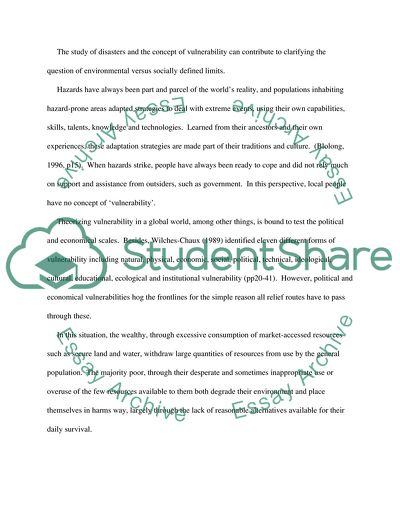Cite this document
(“Mapping Vulnerability, Disasters, Development and People Literature review”, n.d.)
Retrieved from https://studentshare.org/literature/1540924-mapping-vulnerability-disasters-development-and-people
Retrieved from https://studentshare.org/literature/1540924-mapping-vulnerability-disasters-development-and-people
(Mapping Vulnerability, Disasters, Development and People Literature Review)
https://studentshare.org/literature/1540924-mapping-vulnerability-disasters-development-and-people.
https://studentshare.org/literature/1540924-mapping-vulnerability-disasters-development-and-people.
“Mapping Vulnerability, Disasters, Development and People Literature Review”, n.d. https://studentshare.org/literature/1540924-mapping-vulnerability-disasters-development-and-people.


